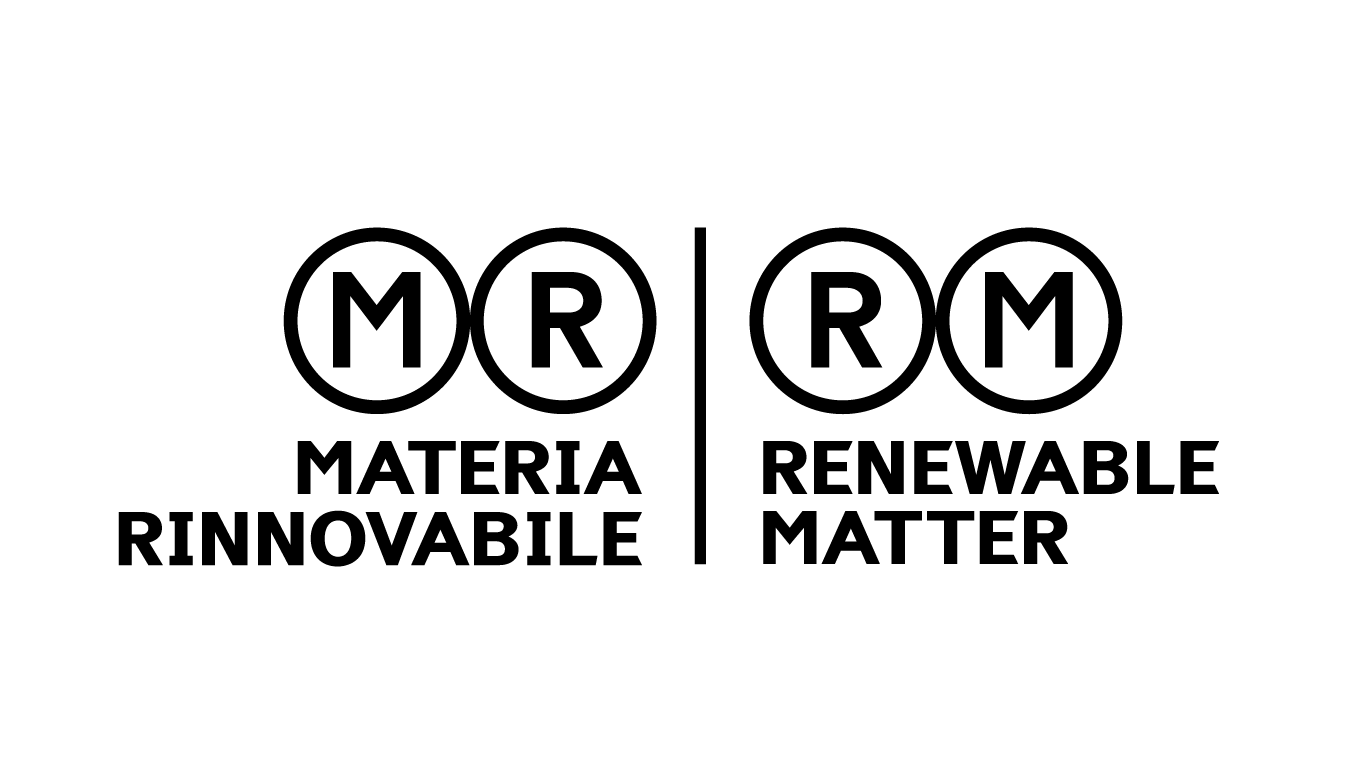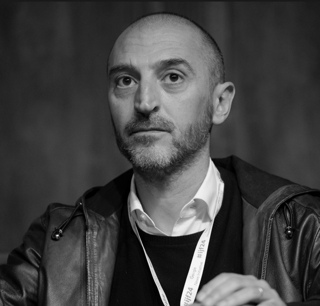
The pot is large. In fact, huge: 524 billion dollars. Roughly equivalent to the GDP of the United Arab Emirates. According to the World Bank, this is the cost of rebuilding Ukraine over the next decade. More than the total figure, however, it is interesting to try to understand where all this money will go.
“On the one hand, reconstruction is of strategic interest to allies, called upon to support Ukraine's productive and social fabric,” points out Giada Bilancioni, Research Trainee at ISPI's Russia, Caucasus and Central Asia Centre. “On the other hand, it is an opportunity for businesses: they can forge new partnerships and gain a foothold in a market that, exactly due to the war, now offers more favourable entry conditions, competitive incentives and simplified procedures.”
Rebuilding infrastructure, particularly the energy grid
Let's start with the data. According to the Fourth Rapid Damage and Needs Assessment, published by the World Bank in February 2025, the Russian invasion caused 176 billion dollars worth of damage in the country. This figure only takes into account the tangible destruction of buildings and infrastructure of various kinds up to the end of 2024, and does not include, for example, healthcare costs.
A few figures may help to understand the scale of the phenomenon better. Damage to residential buildings has been quantified at 57 billion dollars, damage to transport systems at 36 billion dollars, and damage to the energy sector at 20 billion dollars. There is, however, one trend that stands out above all others: damage to energy infrastructure almost doubled (+93%) between 2023 and 2024.
Several international groups are trying to get involved precisely in this respect. The Danish company Vestas, for example, has already sold 83 wind turbines to the Ukrainian private company Dtek, with a total capacity of 498 MW: they will be used to build the Tyligulska power plant, the largest wind power project in the country. Last June, the American company GE Vernova signed an agreement with Dtek to develop wind power projects, modernise the country's electricity grid and produce energy with gas turbines.
French company Schneider Electric is likewise collaborating with Dtek, the main private investor in the Ukrainian energy sector: the two companies have signed an agreement to upgrade the national electricity grid by developing battery storage systems, both inside and outside the country, in order to create an energy network that is more resistant to Russian attacks.
International donations
These three agreements highlight two realities: on the one hand, the importance of Dtek, a group controlled by Ukrainian entrepreneur Rinat Akhmetov; on the other, the significance of international donations. To explain this last point, we need data. Figures collected by the German Kiel Institute indicate that, from the start of the war until 30 June 2025, in terms of financial support (excluding military and humanitarian aid), the EU has donated 60.5 billion euros to Ukraine, more than the US.
If we look at which individual countries have been most generous in relation to their GDP, Denmark, Estonia and Lithuania are in the top three, followed at some distance by Latvia, Sweden and Finland. Including military assistance, however, the most active countries have been the United States, followed by Germany, France, the United Kingdom and Japan. And Italy? It ranks ninth in the overall aid ranking, with a total of 11.3 billion euros donated to Ukraine between individual aid and via European institutions.
Risk guarantees: the role of ECAs
Doing business in Ukraine, however, requires more than just coming from a country that has shown generosity towards the Kyiv government. It takes organisation, a certain amount of courage and, above all, strong financial backing. “The main challenges for international private companies operating in Ukraine are, first and foremost, access to adequate sources of credit and insurance instruments capable of covering investment risks,” points out Bilancioni of ISPI.
Accepting a major contract in Ukraine means taking risks, starting with the simple fact that the war is not over and there is currently no clear winner (i.e. payer). This is why ECAs (Export Credit Agencies) are so important. These public companies insure the credits claimed by private businesses thanks to state guarantees. “One of the most active in the Ukrainian civil sector is certainly the Danish one, especially in the renewable energy sector, but there is also the British one,” notes a source in the sector.
Eifo, the Danish ECA, established a loan and guarantee programme dedicated to Ukraine in March 2023, with a total of 2.8 billion kroner available, equivalent to approximately 375 million euros. The British UK Export Finance is more explicit, announcing in July last year that it had made 26.3 million pounds available to guarantee a loan from Citibank to two private groups, Dogus and Onur, to rebuild six bridges in the Kyiv area.
SACE, the Italian ECA, has so far only announced that it has signed three memoranda of agreement in support of Ukraine, but has never disclosed any definite operations already guaranteed. Cassa Depositi e Prestiti, on the other hand, provided 200 million euros in financing to the Ukrainian government in 2022 to guarantee the payment of school staff salaries. In addition to this, in 2023, another 200 million euros was co-financed on an equal basis with the European Bank for Reconstruction and Development. The aim was to help the Ukrainian public hydroelectric company, Ukrhydroenergo, restore the energy infrastructure damaged by the war.
Apart from these few reports, however, there is no information on the activities of Italian private companies. Rather, the few reports that had been published have disappeared without trace. One example above all? In April 2023, the WeBuild group signed a memorandum of agreement with Ukrhydroenergo for a “collaboration aimed at the construction of hydroelectric power plants in Ukraine”. Since then, nothing has been heard. Did the memorandum turn into a real contract? When contacted, WeBuild did not respond.
Akhmetov, steel and Italy
Italy certainly has a trick up its sleeve. His name is Akhmetov, the owner of Dtek, the Ukrainian group behind almost all the energy deals for reconstruction at the moment. With his steel production company Metinvest, he recently became the owner of the Piombino steelworks, which had been in difficulty for years. The Ukrainian billionaire's goal is to produce the steel needed to rebuild Ukraine in Italy, given that his main plant, the Azovstal steelworks in Mariupol, has been destroyed by the Russians in the meantime.
The programme agreement between Metinvest and the Italian government was signed last July in Rome during the reconstruction conference. The executive led by Giorgia Meloni has thus managed to unravel a major tangle that has been weighing on the Italian steel industry for years. At the same time, the prime minister has also earned significant credit with Akhmetov, who, as mentioned, is playing the role of playmaker in the reconstruction. “At the moment, there is certainly a good relationship between Minister Urso and Metinvest's top management, and this could bear fruit for Italian companies interested in working in Ukraine,” a source familiar with the dossier told Renewable Matter.
Certainly, from an economic rather than a political perspective, the issue of reconstruction is treated with extreme discretion. It is very difficult to find a business willing to talk about it openly. The same applies to governments. The Italian Ministry of Enterprise refused to answer our questions. The Ukrainian Ministry of Reconstruction took the same approach: they promised us an answer, but ultimately changed their mind. This is a sign that the reconstruction, like the war, appears to be a top-secret operation.
Cover: photo by President Of Ukraine / Flickr



